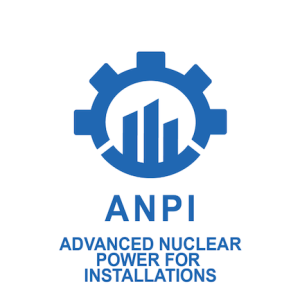Onagawa, Fukushima Daiichi, Fukushima Daini and Tokai nuclear power stations have automatically shut down following a magnitude 8.8 earthquake off the northeast coast of the largest island of Japan, Honshu.
All four operating plants on that coast have automatically shut down, or SCRAMmed, according to Japan Atomic Information Forum (JAIF). Higashidori 1, which is also located on Honshu’s northeast coast, was shut down for a periodic inspection.
The earthquake struck at 2:45pm local time. A 6:45 pm local time report from the Japan Nuclear and Industrial Safety Agency contained more information of damage and other problems in a site-by-site report.
-A C02 fire has broken out at Onagawa nuclear power station.
-Utility TEPCO has requested the establishment of a nuclear emergency response programme for Fukushima Daiichi 1&3 and Fukushima Daini 1.
JAIF reported that Fukushima Daiichi 1, 2 and 3 automatically shut down; units 4, 5 and 6 were in maintenance outages. Fukushima Daini 1, 2, 3 and 4 automatically shut down.
JAIF has reported that TEPCO sent the emergency report because emergency diesel generators at the two sites are out of order. (Nuclear power plants need power to operate pumps and other emergency equipment, including equipment to remove decay heat from the reactor.) It also said that there have been no reports of radiation detected outside of the site. It said that an emergency headquarters has been set up and will issue information hourly.
JAIF also reported that the Rokkasho reprocessing facility was being powered by emergency diesel generators. No other unusual events or radiation leaks have been reported. Nuclear power stations at Hamaoka, Kashiwazaki-Kariwa and Tomari are continuing normal operation, according to JAIF.
After an accident occurs at a nuclear power plant, the licensee must notify the national Nuclear and Industrial Safety Agency by law.
A minister in its controlling organisation, the Ministry of Economy, Trade and Industry, notifies the prime minister’s office. The central nuclear emergency response headquarters (NERHQ) of the national government issues a nuclear emergency declaration, which also includes instructions about preventative measures. It receives technical advice from the Nuclear Safety Commission. The NERHQ sends a specialist and the NSC sends a commissioner to the site.
After the emergency declaration is received, the local office of the national government’s NERHQ arranges prevention measures based on factors including facility information, climate and monitoring.
Nuclear emergency response operations are coordinated in one of 20 so-called off-site centres spread across Japan, which are close to, but not inside, nuclear facilities. The off-site centre’s role is to be the main centre of information, incident analysis, and emergency plan organisation and direction. Two or three senior specialists for nuclear emergency preparedness work in each OFC. In normal conditions, the specialists work as nuclear power safety inspectors, checking plant operation from the viewpoint of regulation. During an emergency, the specialists organize prevention measures as a secretariat and report it to a joint council for nuclear emergency response. The joint council includes not only the local office of the national government’s NERHQ and the senior specialists, but also representatives of the Nuclear Safety Commission and prefectural and municipal NERHQs.
The joint council devises instructions to residents for evacuation and/or sheltering. It also instructs the emergency services and coast guard, self-defence force, Japan Nuclear Energy Safety Organisation (JNES), the National Institute of Radiological Sciences, the Japan Atomic Energy Agency, and other bodies.
JNES has constructed a dedicated high-speed network system connecting the 20 off-site centres and other agencies called Emergency Preparedness Response Network (EPRNet). It includes video conferencing systems, e-mail, telephone, fax, and connections to a meteorological information service, a plant information collection, diagnosis, prognosis and analytical prediction tool (called ERSS), and an emergency environmental dose prediction tool (called SPEEDI).






